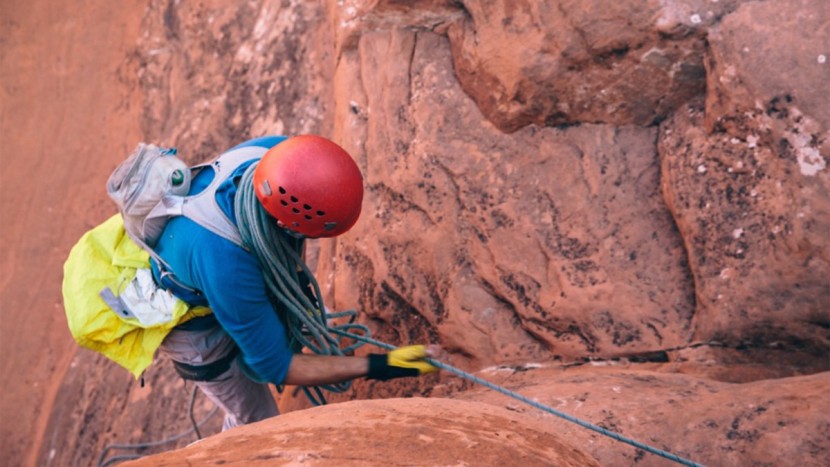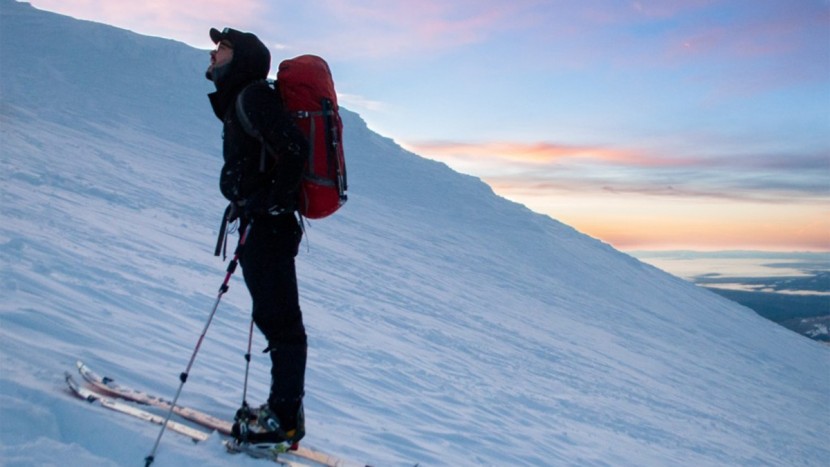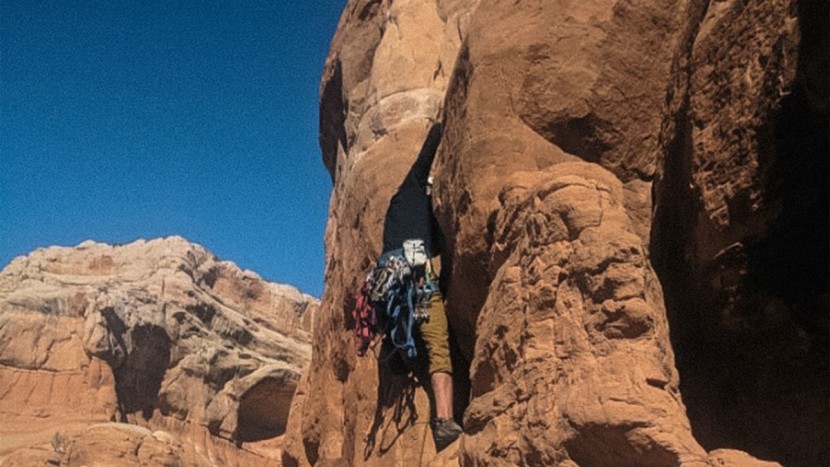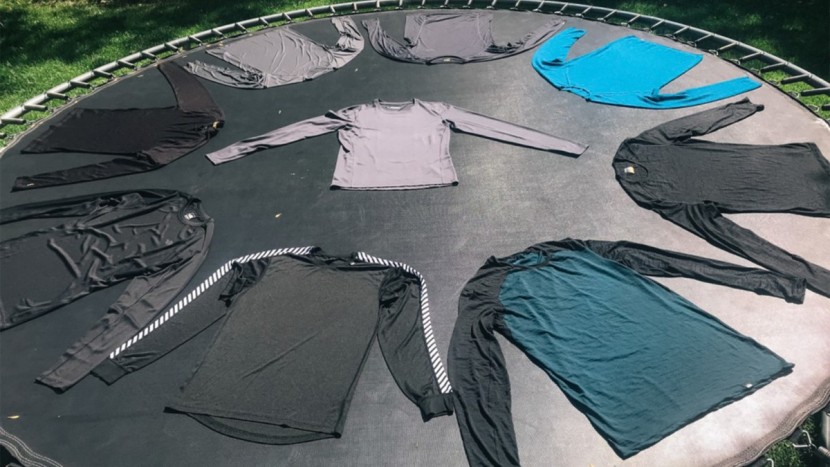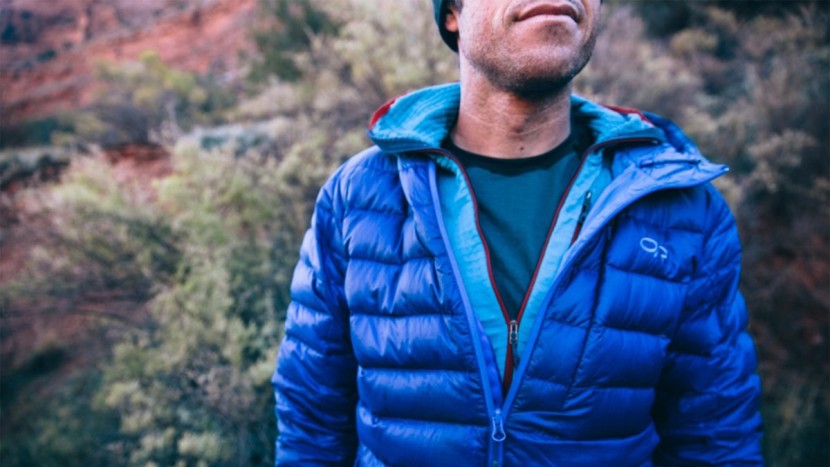We tested base layers in both real-world situations and did specific tests in our lab, allowing us to provide comprehensive and in-depth reviews. From dragging these layers up chimneys on desert towers to skinning up volcanoes in the Pacific Northwest, we run these tops through the gauntlet. Below is how we test for each metric.
Warmth
This one is simple. We wear each base layer in really cold conditions — alone and as part of a layered system — and we see how efficiently they keep us warm when temperatures drop into uncomfortable ranges. From long nights under the stars to backcountry ski days, our tested base layers have seen it all.
Breathability
We use a combination of real-life experience as well as regulated tests for this metric. We skinned up mountains, hiked talus cones to climb desert towers, pedaled steep mountain biking trails, and ran winding mountain trails in Colorado. In the lab, we test each top, one at a time, in a temperature-controlled, indoor environment — we work up a sweat with the same short but rigorous exercise routine and then time how long it takes for our skin and the inside of our shirts to dry after stopping.
Comfort and Fit
We wear these layers a lot, and with an extremely critical eye. We consider the comfort of the fabric of each layer next to the skin. We compare the way they fit on testers of different body types and examine the stitching patterns and design features. We record the length of the torso and arms, judge how comfortable the collar is, comment on the stretch of the fabric, and note specific features like a drop-tail hem, tapered arms, and thumb loops. We critiqued how they form to the body, whether they bunch up when layered, and made notes on when they become uncomfortable during strenuous activity. If our testers find themselves wanting to wear a layer all the time, then that is a sure-fire way to know that a particular product has climbed its way to the top of our list.
Durability
This is another combination of thoughtful observation both while at play and in a controlled environment. We beat the heck out of these things — we drag them up desert towers, scrape through slot canyons, and bushwack through thickets. We also send them through repeated wash and dry cycles to see how well they hold up under more normal circumstances and note what tends to break down fine fabrics the fastest.
For our lab test, we take a section of the fabric at the elbow and vigorously drag it back and forth against a 1-foot piece of rough and textured sandstone to see how the fabric holds up to abrasion. This test provides us with a clear picture of what fabrics will stand up to abrasion over time and which are simply not built for such rigorous activities.
Drying Speed
The time a base layer takes to dry while next-to-skin and the time it takes to dry away from the body can vary significantly. First, we note a layer's ability to dry next to the skin through activity, working up a sweat while mountain biking, trail running, and skinning. As a laboratory test, we completely saturate each top and lay them flat to dry in the sun. This test simulates hand-washing and drying out a piece of clothing like you would on an extended backpacking trip or expedition. Conveniently, the timed results often correlate directly with a top's ability to dry on the body efficiently and provide us with specific times to compare the products with one another.
Layering Ability
We incorporate each top into any and every layer combination we can imagine. We observe how they feel against the skin and how well they layer with different clothes worn over the top. We layer tight and sticky technical fleece mid-layers, wool sweaters, slick nylon down jackets, and tacky synthetic insulating layers. Any combination we can think of, we try out.

